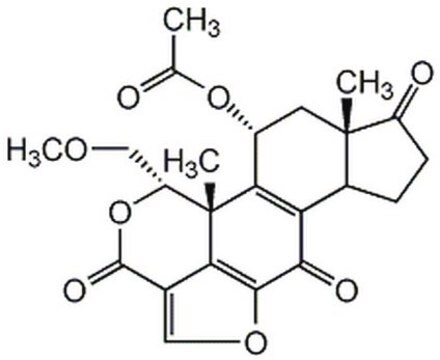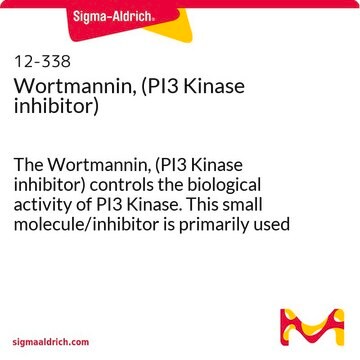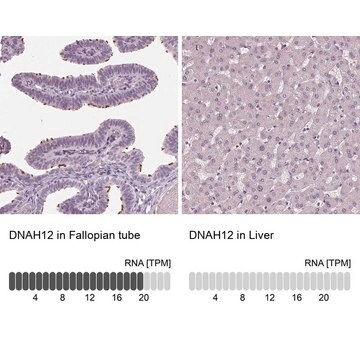07-1341
Anti-PHLPP1 Antibody
from rabbit, purified by affinity chromatography
Sinonimo/i:
PH domain and leucine rich repeat protein phosphatase, PH domain leucine-rich repeat protein phosphatase, Pleckstrin homology domain-containing family E protein 1, SCN circadian oscillatory protein, Suprachiasmatic nucleus circadian oscillatory protein
About This Item
Prodotti consigliati
Origine biologica
rabbit
Livello qualitativo
Coniugato
conjugate
Forma dell’anticorpo
affinity isolated antibody
Tipo di anticorpo
primary antibodies
Clone
polyclonal
Stato
liquid
Purificato mediante
affinity chromatography
Reattività contro le specie
rat, mouse, human
tecniche
immunocytochemistry: suitable
western blot: suitable
Sequenza immunogenica
KLH-conjugated linear peptide corresponding to the C-terminus of PHLPP1.
N° accesso NCBI
N° accesso UniProt
Condizioni di spedizione
wet ice
Temperatura di conservazione
2-8°C
Informazioni sul gene
human ... PHLPP1(23239)
Descrizione generale
Specificità
Immunogeno
Applicazioni
Signaling
PI3K, Akt, & mTOR Signaling
Qualità
Western Blot Analysis: A 1:1,000 dilution of this antibody detected PHLPP1 in Human brain tissue lysate.
Descrizione del bersaglio
Stato fisico
Stoccaggio e stabilità
Risultati analitici
Human brain tissue lysate
Altre note
Esclusione di responsabilità
Non trovi il prodotto giusto?
Prova il nostro Motore di ricerca dei prodotti.
Codice della classe di stoccaggio
12 - Non Combustible Liquids
Classe di pericolosità dell'acqua (WGK)
WGK 1
Punto d’infiammabilità (°F)
Not applicable
Punto d’infiammabilità (°C)
Not applicable
Certificati d'analisi (COA)
Cerca il Certificati d'analisi (COA) digitando il numero di lotto/batch corrispondente. I numeri di lotto o di batch sono stampati sull'etichetta dei prodotti dopo la parola ‘Lotto’ o ‘Batch’.
Possiedi già questo prodotto?
I documenti relativi ai prodotti acquistati recentemente sono disponibili nell’Archivio dei documenti.
Il team dei nostri ricercatori vanta grande esperienza in tutte le aree della ricerca quali Life Science, scienza dei materiali, sintesi chimica, cromatografia, discipline analitiche, ecc..
Contatta l'Assistenza Tecnica.








